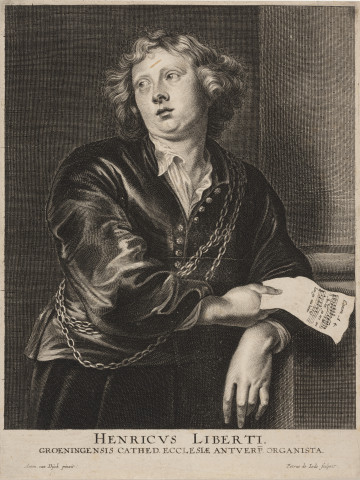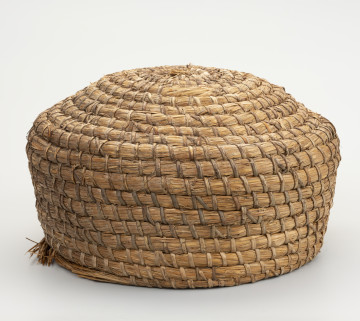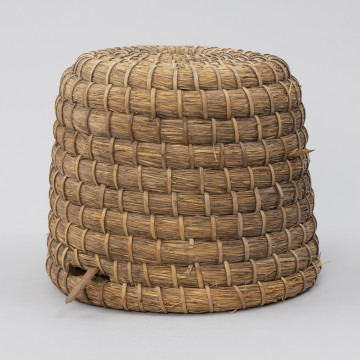
Portrait
circa 1632
National Museum in Szczecin
Part of the collection: Money on Polish territory in the Middle Ages
The district division in Poland, deepening since the last quarter of the 12th century, was followed by the weakening of the central princely power. This was conducive to the ecclesiastical and secular mighty gaining some of the privileges hitherto ascribed to the supreme prince. One of them was the right to issue money, from which the princely power derived a serious income. Mint privileges granted to magnates were of various nature. They consisted of the granting of a part of the income from the production of money, permission for the free minting of one's own silver in the princely mint, and the production of coins in one's own workshop. At the same time the dependence of this money on the princely issue was established in terms of iconography and minting standard, i.e. the weight of the coin and its silver content.
The discussed denarius is most probably an example of a non-princely magnate issue. On the obverse there is a figure on a throne with an isosceles cross in hand, while the reverse bears a representation of a bishop with a pastoral. Surrounding the image is the inscription SCS VENCESLAVS, which refers to St Wacław, the patron saint of the Kraków Cathedral. The person of the saint may point to Krakow as the place where the coin was made. The image on the obverse - contrary to the inscription - is not identified with the patron of the cathedral, but with the reigning prince. The figure of the bishop, however, hides the issuer. Due to the fact that the coin in question is struck in the first 30 years of the 13th century, its issuer could have been Wincenty Kadłubek (1208-1218) or Iwo Odrowąż (1218-1229). The latter possibility is supported by the character of the splendour-filled pontificate of Iwo Odrowąż, Bishop of Kraków from an illustrious and wealthy family.
The number of preserved copies of these coins indicates that this was not a one-off, short-lived issue. It is interesting to note that the bishop's mint had bilateral denars and coins produced with a single stamp. However, they are much lighter (on average 0.161 g against 0.264 g). The weight of the two-sided coins corresponds to the denars from the 1st half of the 13th century. It indicates that they were issued according to the standard of princely coins. On the other hand, one-sided coins were too heavy for obols (1/2 denarius) and one can only guess at their special functions.
Tomasz Markiewicz
Author / creator
Dimensions
cały obiekt:
Object type
numismatic
Technique
stamp minting
Material
silver
Creation time / dating
Creation / finding place
Owner
The National Museum in Lublin
Identification number
Location / status

circa 1632
National Museum in Szczecin

1965
National Museum in Szczecin

1890 — 1910
National Museum in Szczecin
DISCOVER this TOPIC
National Museum in Lublin
DISCOVER this PATH
Educational path